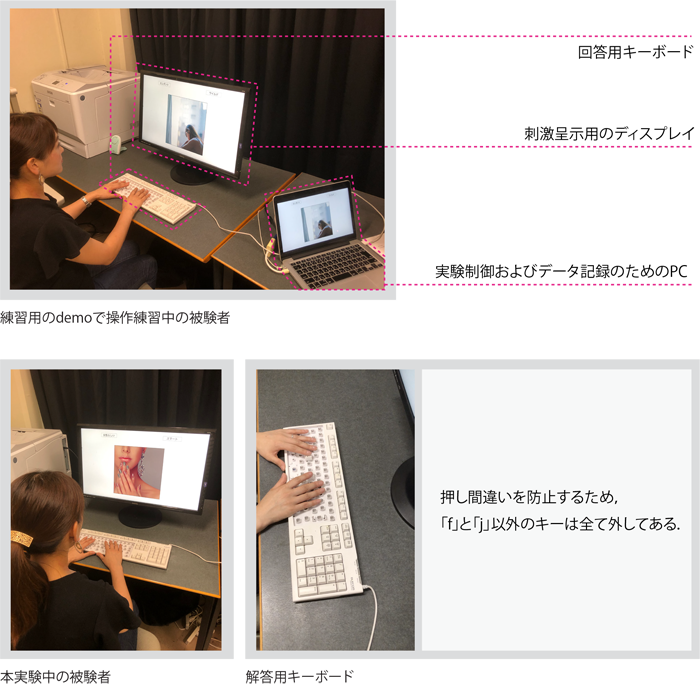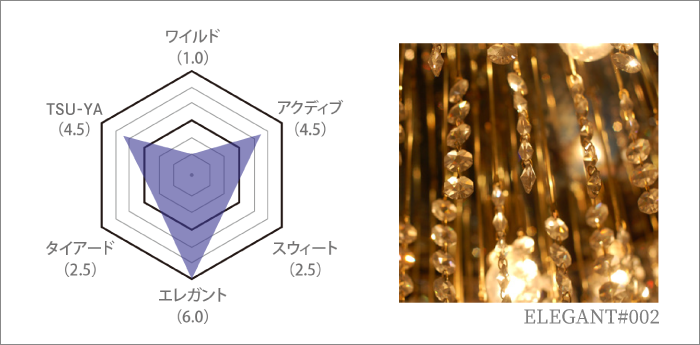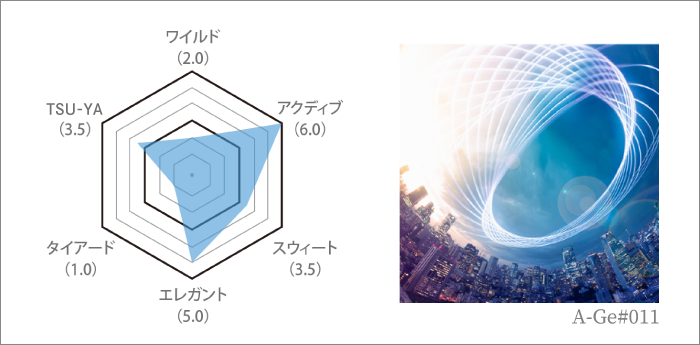When you buy something or make a decision, do you always do so with a clear reason?
Can the basis for your actions always be expressed in words?
"I can't explain why, I just kinda like it!" "I chose it based on my mood." "It was love at first sight."
You probably make decisions like this quite often. Today, let's talk about that...
Collaboration with "Design Psychology"
There's a field of study called "Design Psychology" that scientifically explores human intuition, sensibilities, and latent preferences. It's a discipline established by Professor Haruo Hibino of Chiba University. At Dentsu Inc. Media Innovation Lab, we've been advancing joint projects with Professor Hibino and BBSTONE Design Psychology Research Institute (a venture company spun off from Chiba University's Faculty of Engineering, where the professor serves as technical advisor) since conducting research on the perception of luxury in magazine ads with him ten years ago.
According to Professor Hibino, even if a product is "convenient" or "high-performance," it often fails if it doesn't resonate with people's underlying preferences. He analyzes that while many unprecedented products leveraging digital and IT have emerged recently, some fail to succeed precisely because they aren't accepted on an emotional level.

Latent preferences significantly influence behavior.
BBSTONE Design Psychology Research Institute, which focuses on such latent preferences, has applied design psychology to business and achieved numerous successes. For example, their development of an air conditioner remote control targeting seniors won the IAUD award from the International Association for Universal Design. Another case involved redesigning cooking oil packaging for a more intuitive impression, leading to a 30% increase in sales.
Now, let's introduce the joint project "Visceral™ Test" that Dentsu Inc. has been undertaking since 2019.
Visceral™ Test: Quantifying Mood
The Visceral™ Test(※) is a method that uses images to quantify a consumer's "current mood."
Human moods shift constantly with seasons, times of day, locations, and often remain unnoticed even to ourselves. The Visceral Test reveals where the "mental switch" is currently engaged (named "Visceral™" by the joint team) by having participants press buttons or respond to images displayed sequentially on a screen. (The image below shows the "Image Scoring Experiment," the foundation of the Visceral Test.)
This year, as the first phase, we developed a model with the cooperation of women in their 20s and 30s, a demographic frequently consulted by our client companies.
This model defines six visceral states representing female psychology: "WILD (Spicy)", "ELEGANT (Moist)", "TSU-YA (Luster)", "SWEET (Sweet)", "A-Ge (↑)", and "TIRED (Quiet)".
"WILD (Spicy)" represents a feeling of emotional frayed edges, while "ELEGANT (Moist)" embodies a sense of deep, soothing relaxation. "TSU-YA (Luster)" is a mode conscious of the opposite sex, while "SWEET (Sweet)" expresses a cute or fairy-tale-like mood. "A-Ge (↑)" is an active, elevated sensation, and "TIRED (Quiet)" is a compact, static mode.
These were derived from research materials on generations and lifestyles, symbolic fashion types, and celebrity archetypes. The research team discussed and consolidated them into various adjectives and words, grouping them by similar concepts.
The joint research team presented various images to test subjects and scored how much each image contained of each visceral mode. They adapted the IAT (Implicit Association Test), developed in the US, from a design psychology perspective, intending it to be usable for marketing. Details are omitted, but technology operating at the 1/1000th of a second level is also at work behind the scenes.
The results obtained from the "Image Scoring Experiment" look something like this.
*Visceral™ Test = This term references the "visceral level" concept described by renowned American cognitive psychologist Donald A. Norman in his book "Emotional Design" (published 2004). (The word "visceral" itself is a common term meaning "gut feeling" or "intuitive" and is not a term coined by Norman.)
Harness current moods and intuition for marketing!
This approach extends beyond experimental settings by involving general consumers, opening up possibilities for marketing applications such as: ① uncovering a person's current mood, and ② recommending products or services that fit it.
For example: "For your WILD side, try this trip," "For your ELEGANT side, try this fashion," "For your TSU-YA side, try this scent (or flavor)," "If you're TIRED, try this video," "For your A-Ge moments, try this app." We welcome discussions about interesting developments, such as having users input "Like!" on images via smartphone.
Visceral Test focuses on "this very moment." It is an extremely scientific psychological test that unravels invisible, latent moods.
We don't intend to dismiss proposals based on past data or visible phenomena. However, it's equally important to focus on the aspect where consumers are driven by intuition or mood—that humans are irrational beings (by Professor Hibino). We believe effectively utilizing the realm of latent preferences is key to the future of marketing.
If you are interested, please contact Nagao at Dentsu Inc. Media Innovation Lab ( mediainnovation@dentsu.co.jp )!







